In reminiscence…
Ms Lee Soo Mien shares how lab technology has evolved over the past 40 years and her personal experience as a laboratory technologist in the department.
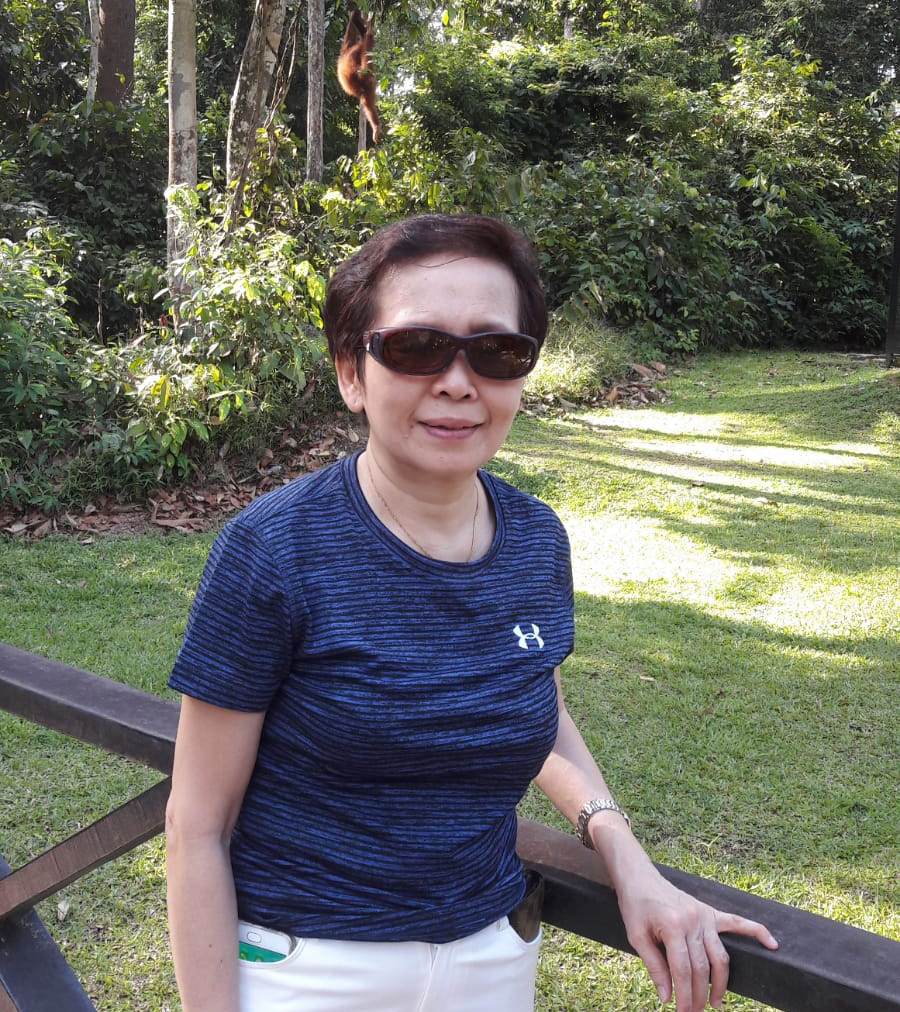
I joined the Department of Physics at the Bukit Timah Campus as a fresh-faced 17-year-old O-level holder in the early 70s. It was an era of rapid economic development in Singapore and the education system was emphasising on technical applications. To meet the demand for technical education, Singapore Polytechnic was offering part-time courses for working adults then. With the support of the Head of Department, Prof Rajaratnam, who constantly encouraged us to upgrade ourselves, I was granted one day off per week to attend a five-year day-release course leading to a Diploma in Electronics Engineering. I gained a lot from the course as what I studied was very relevant to my job then.
Along with the economic and technological advancement in Singapore, both the department and my job scope were also evolving in all aspects. For example, in the mid-70s, Honours-Year students were performing experiments on electronic circuits where vacuum tubes were the key components. As these tubes operated on high voltages, the associated equipment in use such as the power supply units and signal generators were heavy and bulky as they also worked on tubes. Computer programming in that era was a mammoth task. I recall Prof Tang Seung Mun and his student spending many hours, if not days, punching cards to store Fortran programming codes. The computer machines were also gigantic. One system alone could occupy an entire room equivalent to the size of a three-room HDB flat. Towards the late 70s, vacuum tubes were rendered obsolete and replaced by semi-conductors. This technology heralded the era of microprocessors and micro-computers.
Prof Bernard Tan was instrumental in introducing microprocessor lectures and acquiring the very first micro-computer kit in the department. I was tasked to assemble the micro-computer system where the first floppy disk, indeed floppy, was eight inches by eight inches in size. By the end of the 70s, Apple personal computers entered the scene and once again Prof Bernard Tan was one of the pioneers to introduce the Apple II micro-computers to the department.
By the early 80s, our students were busy running word processor application like WordStar and programming language like Basic, and doing interfacing experiments on the Apple micro-computers. The effect of the Sound Blaster sound card and a simple joystick also brought much fun and joy to students playing unsophisticated computer games on the green monochrome CRT monitors.
Technology evolves and so do my job duties. With equipment shrinking in size and becoming more and more compact, they are no longer serviceable when a breakdown occurs. The emergence of internet access in the late 90s also revolutionised all work processes. My work tool is now the computer. In the current era, everyone in the workplace now depends on this essential tool for day-to-day communication and execution of work processes. Though the current lab technology has eased my work greatly, I do miss the good old days of getting my hands dirty but learning the tools of my trade.
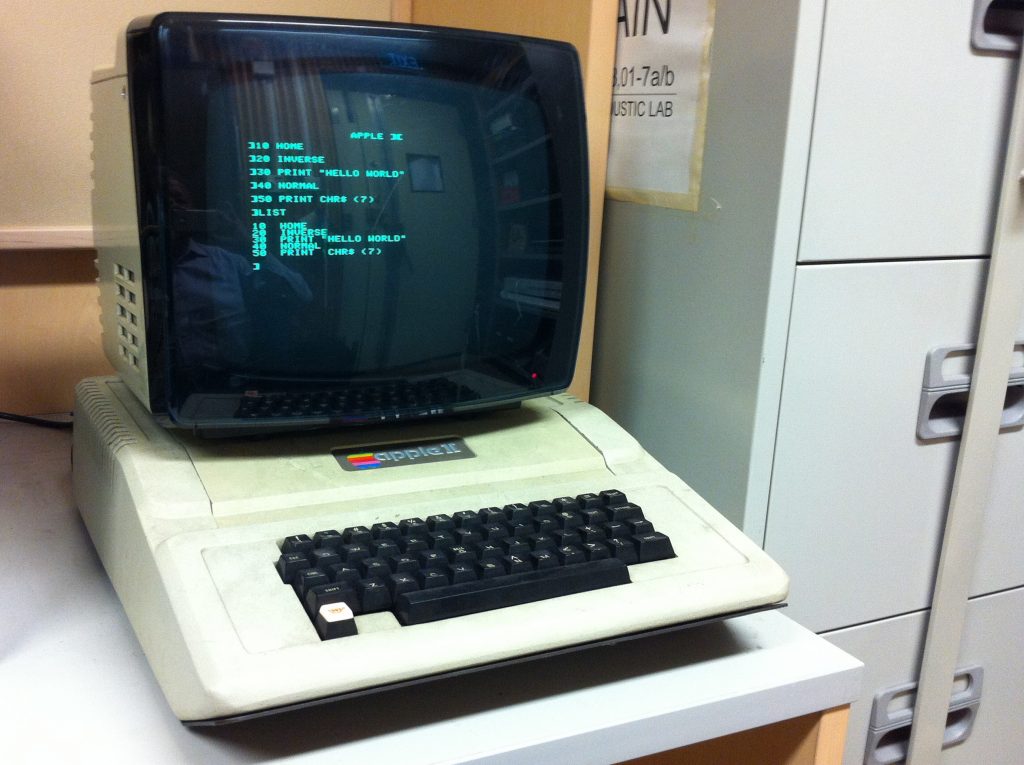
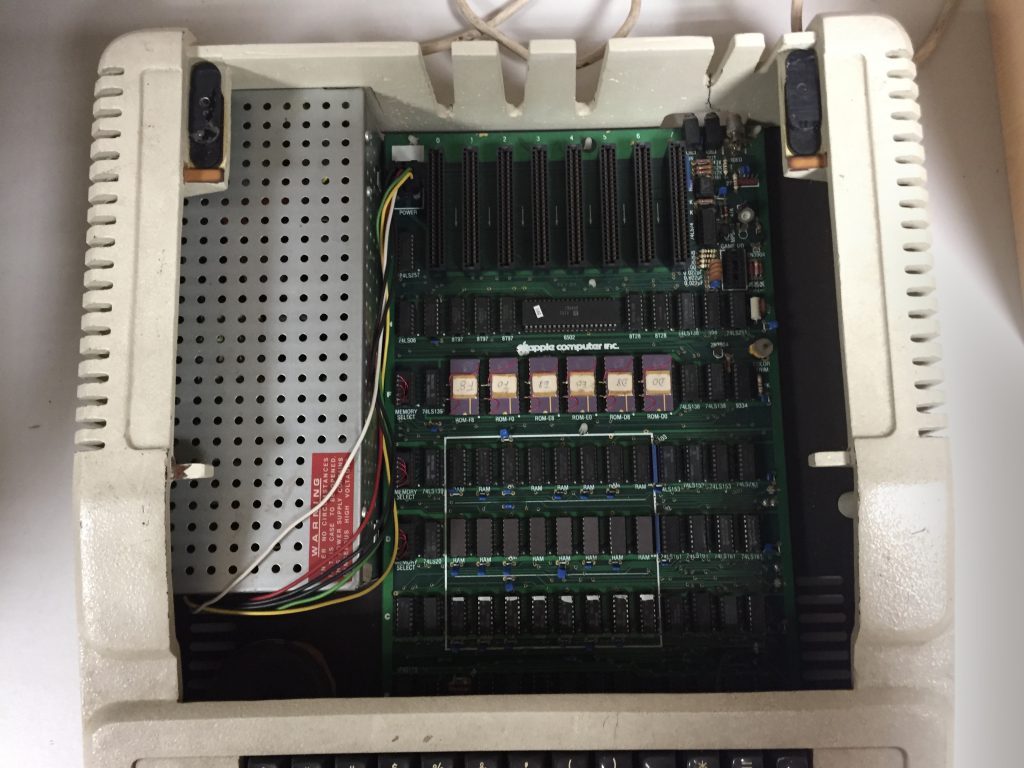
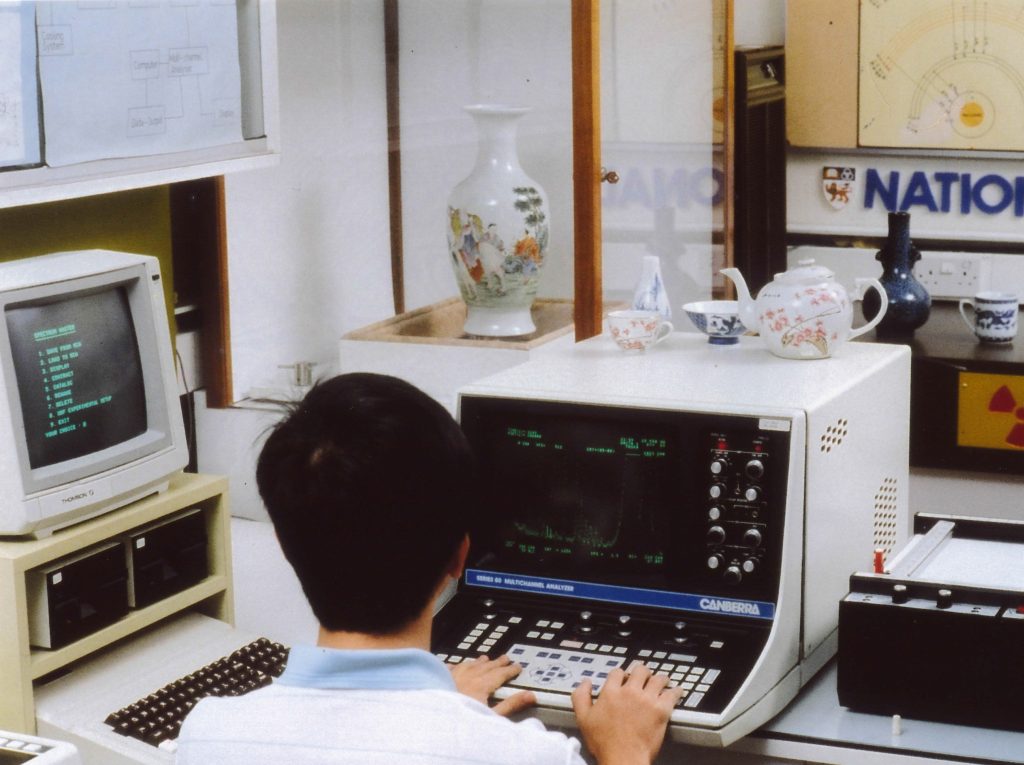
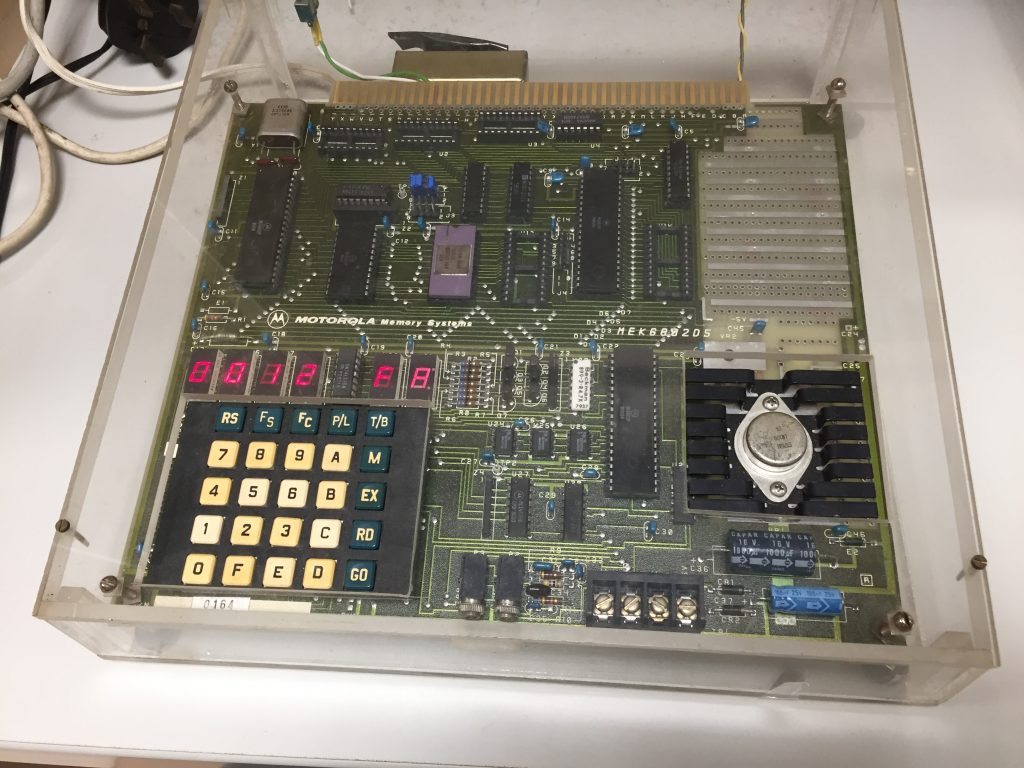
Back then, the nature of my job was more hands-on. I had to pick up skills such as soldering, assembling and troubleshooting electronic circuits from scratch. In the 70s and 80s, as most lab equipment including micro-computers were built from discrete components, it was not difficult to service them whenever they broke down. However, troubleshooting a fault could be challenging at times. In any case, it was a skill that I acquired through trial and error and numerous experiences. My most unforgettable experience was spending days and weeks troubleshooting a massive vacuum tube mass spectrometer in the then Honours Year Laboratory. I felt a sense of immense relief and satisfaction when I finally managed to pin-point the fault and restore the instrument to working condition.
Looking back to the 90s, I also fondly recall designing and building a digital quiz buzzer system for the Science Enrichment Camp. Though the logic circuit works in theory, unexpected interference problems surfaced during testing. But after resolving the problems and handing over the completed project, an overwhelming sense of personal accomplishment welled up inside me.
